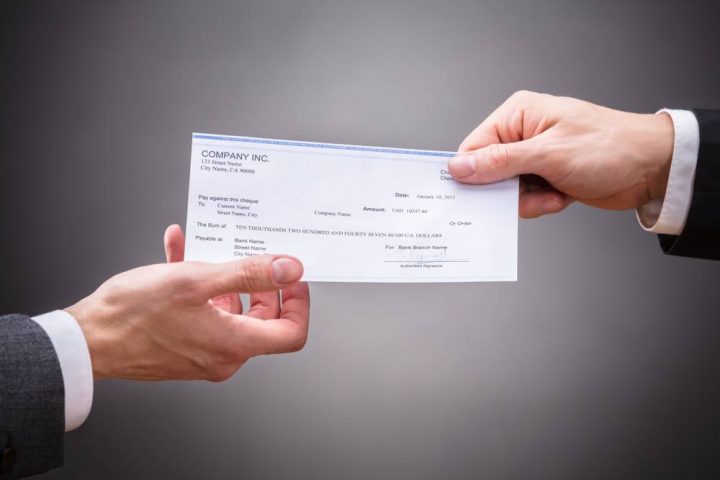In this article, we will explain the process of and how to get the most out of your money with cheques. You might be surprised by how much some of the small things in our everyday life add up. One thing that is surprising is the amount of time and effort that go into writing cheques. We can make an ordinary bank cheque into something a lot more valuable if we take the time to learn how to fill them out properly.
A number of ways that you can help yourself when writing out your cheque. One of those ways is to allow more time for the bank to get their money. It takes longer for the bank to get paid, so the longer it takes them, the less money they have to pay you.
How to Get Help in Reading and Filling Cheques
If you know that your cheque will be late, write it out and take some time before you get it. If it is going to be a few days before you get paid, think about what you are going to do with the extra time. Perhaps you could use it to catch up on bills or go out for the evening.
Sometimes it is worth asking a few people for help. Have a colleague or close friend read over the cheque with you so that you understand how it is written. If you know someone who has written out a cheque that they think needs fixing, and again. This might give you some hints that you aren’t going to notice on your own.
To help with the process of how to fill out a cheque, you might also find it helpful to look at it from different angles. There are two views that can be taken on a cheque: the timeline view and the gross value view. The timeline shows how much money is left on the money when you subtract expenses from the amount you get. The gross value view shows how much your cheque is actually worth. It gives an idea of what you should be expecting to get back.
The bank might tell you how to fill out a cheque and then require you to sign the cheque. It doesn’t mean that it has to be done on the day that the cheque arrives at the bank. In fact, you might even want to start your cheque processing a few weeks in advance. You could simply mail the cheque to the bank and let them get the details that they need from the bank. They could then give you a cheque to hold until it clears.
Conclusion
Even though the details are sent electronically, you should still look it over carefully. The bank should give you a copy of this document at least ten days before the cheque is due to be cashed. If there are any mistakes in it, the bank may be able to rectify those before the date when it is due to be cashed. If you don’t have time to go through the document, or if you don’t understand some of the terms and conditions, you should look for alternatives.
To avoid getting stuck with how to fill out a cheque, the best thing to do is to prepare ahead. If you want to avoid filling it out in advance, get all the details together early. Also, ask the cheque company to confirm the date and time when the money will arrive. Most companies will also help you prepare how to fill out a cheque (usually by offering a sample). They may also be able to offer information about tax and other issues involved in sending money abroad. When you have everything ready, the money should arrive on time and without hassle.
